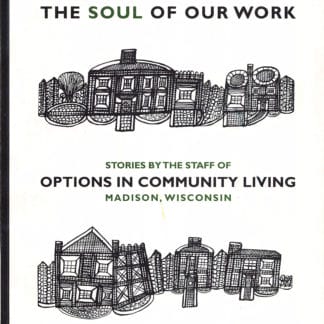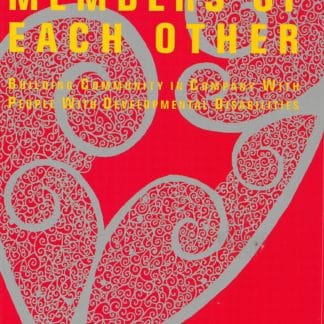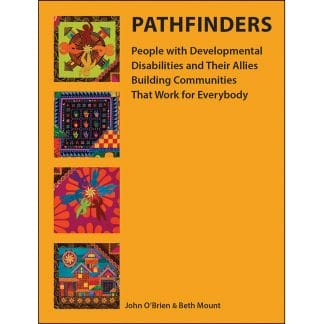
OHIO SAFEGUARDS & The Safeguards Letters with Jack Pealer
Jack Pealer, Sandra Landis and John Winnenberg created a record of their learnings about community building and normalization by publishing SAFEGUARD LETTERS for 50 years. They also created community organizing leadership projects in order to create a society where everyone belongs and can contribute in their communities.
Visit the Safeguards Letters collection – and meet the authors and editors of stories that are as important today as when they began.



